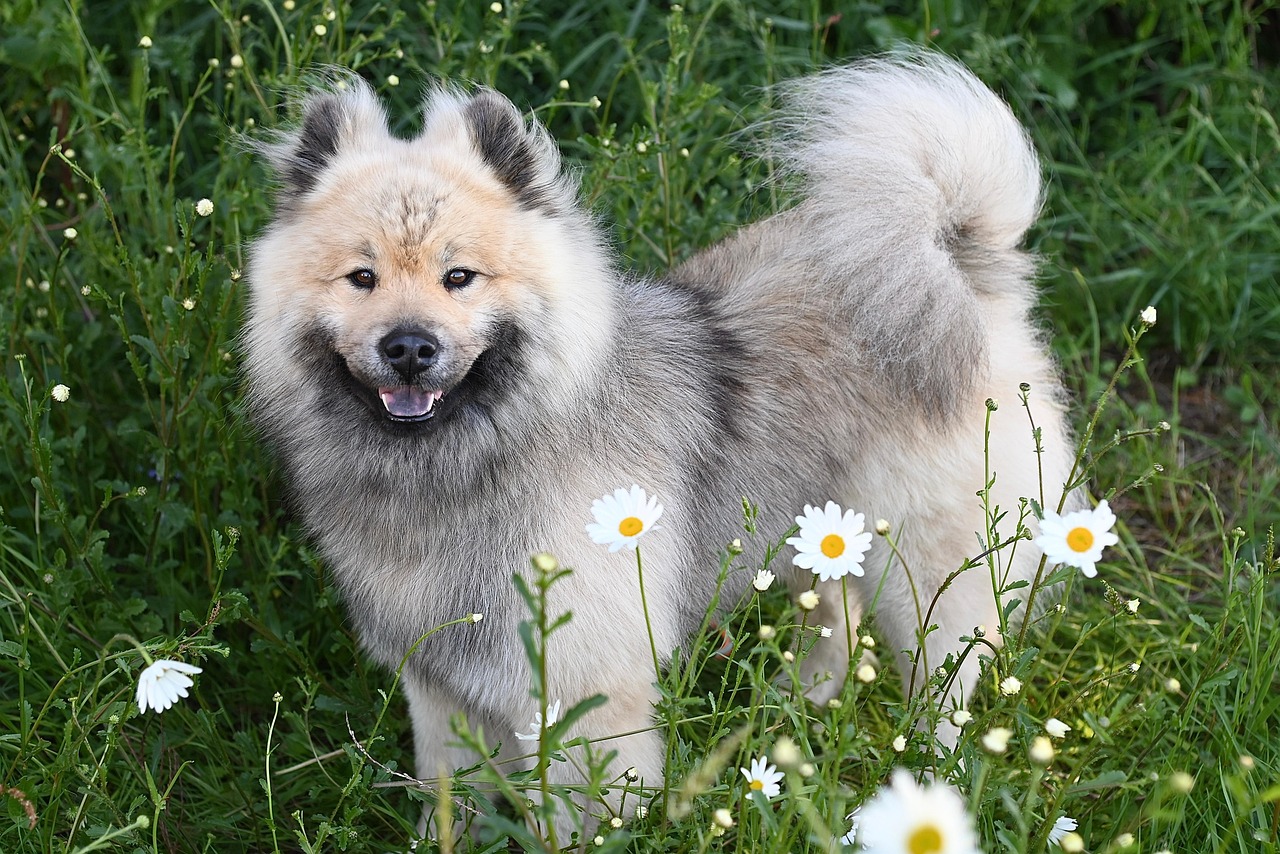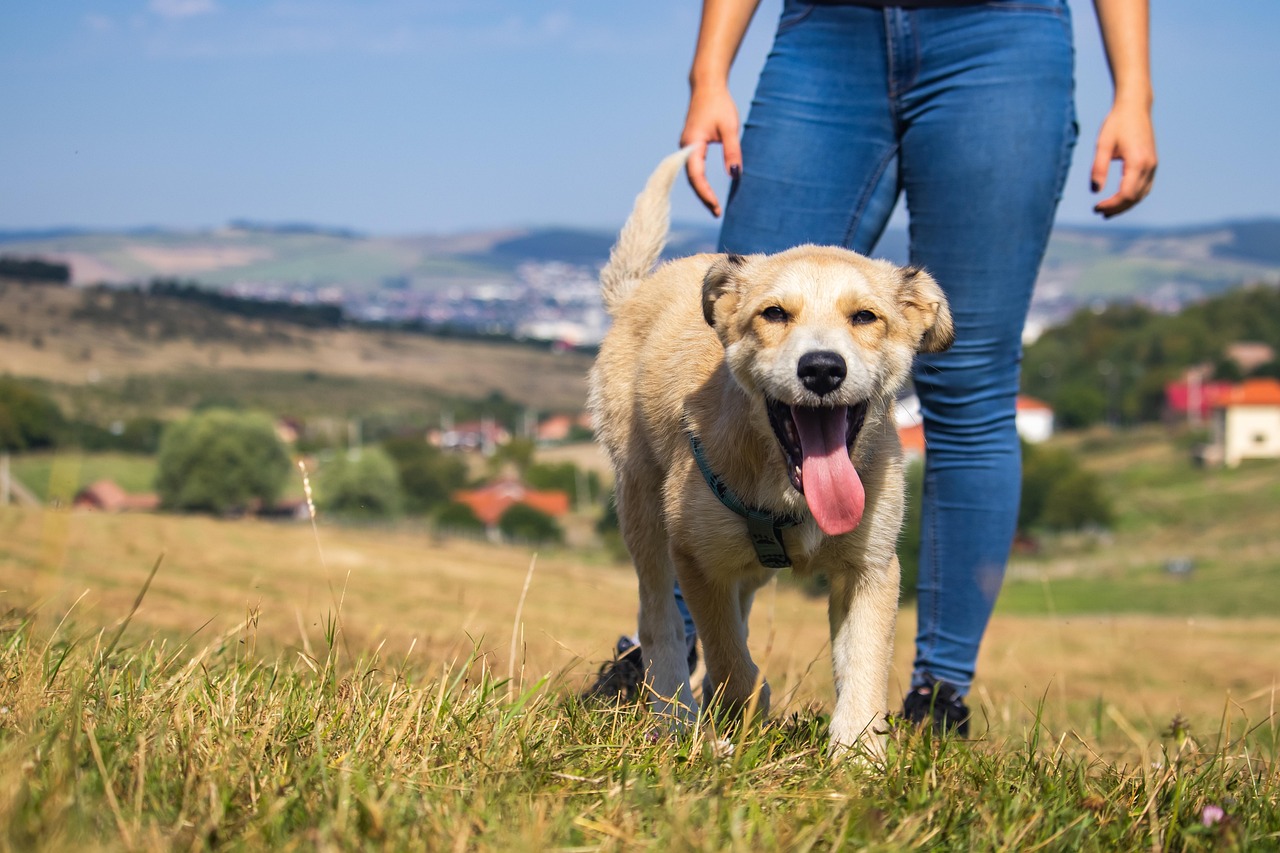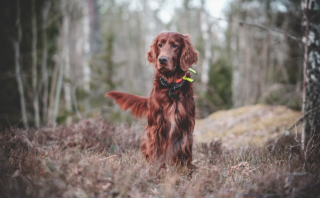User-Friendly Guide: Train Your Dog – Kids Edition
While dogs are known as man’s best friend, the relationship can become even stronger when children learn to communicate with these loyal companions effectively. Training a dog is not only beneficial for the pet but also for the child. It teaches children the value of responsibility, compassion, patience, and kindness. The process, however, requires correct knowledge and methods for successful implementation. This article will help guide children in understanding the art of dog training effectively.
Understanding Your Dog
Dogs are sensitive creatures that respond well to positive reinforcement. Understanding this is the first step towards successful training

A typical example might include noting whether the dog reacts aggressively when someone tries to take away its toy. Information like this will be useful when training a dog as it will help to shape behaviors appropriately.
The Basics of Dog Training
Training should begin with basic commands such as ‘sit’, ‘stay’, ‘come’, and ‘down’. These fundamental instructions form the core of any training program

Consistency Is Key
It’s significant to maintain consistency throughout training sessions. Being inconsistent confuses the dog, leading to slower progress

Patience and Kindness
Children must understand that patience and kindness are critical during dog training. Dogs can take time to learn new commands or behaviors

FAQ
What is the best age for a child to start training a dog?
Children can start training dogs from age 5 onwards, under adult supervision, to ensure both the dog’s and child’s safety.
Is it okay to scold a dog during training?
Dog training should always be a positive experience. Scolding isn’t recommended as it can result in fear and anxiety in your dog.
How long should a training session be?
A solid training session can last anywhere between 10-15 minutes, but consistency is more important. Children might have to repeat the sessions several times a day.
What should a child do if the dog doesn't follow commands?
If a dog doesn’t follow commands, it’s crucial not to get frustrated. Understanding the issue and consistent gentle guidance will often provide better results.
Can a child train a dog alone?
For children under the age of 12, it’s advisable to have adult supervision during training sessions to protect both the child and the dog. Children older than 12, with some experience, can often train dogs on their own.
Conclusion
Dog training is a rewarding experience, which can deepen the bond between a child and their pet. It also instills valuable life lessons such as patience, kindness, consistency, and responsibility [IMAGE5]. However, it’s important to remember that all dogs are unique, and training methods might have to be tailored to suit individual dogs. Effective training is a result of understanding the dog, focusing on basic commands, being consistent, and possessing a great deal of patience and kindness [IMAGE6]. This will ensure a well-behaved dog and an overall rich and fruitful bonding experience.
## FAQ **1. What is dog training for kids?** Dog training for kids is a specialized form of dog training that is specifically designed to be engaging, simple, and fun for young children. It usually involves teaching kids how to train their dogs using positive reinforcement techniques. These programs not only help dogs learn good behavior but also foster a stronger bond between the child and their pet. **2. At what age can children start training dogs?** The age at which children can start dog training can vary greatly depending on the child’s maturity and the breed of the dog. Typically, children around the age of 6 and above can begin basic dog training lessons. However, it’s essential that adult supervision is provided during the initial training sessions to ensure safety for both the child and the dog. **3. What skills can kids learn from dog training?** Dog training can teach kids a variety of valuable skills. These include responsibility, as they learn to care for another living being, patience, as training requires consistent effort over time, and empathy, as they learn to understand and respond to their dog’s needs. It also enhances their communication and problem-solving skills. **4. Can kids train puppies as well as adult dogs?** Yes, kids can train both puppies and adult dogs. However, training puppies may require more patience as they are still learning and developing. It’s also important to remember that each dog, regardless of age, has its own unique personality and learning pace. Therefore, the training approach might need to be tailored accordingly. **5. What are some easy commands kids can teach their dogs?** Some easy commands that kids can start with include “Sit,” “Stay,” “Come,” “Lie Down,” and “Leave it.” These basic commands are not only easy for kids to learn and teach, but they are also critical for the dog’s safety and behavior. **6. How can parents support their kids in dog training?** Parents can support their kids by first teaching them the basics of positive reinforcement and how to use it in training. They can also supervise training sessions to ensure safety and provide guidance when necessary. Additionally, they can help their kids understand that training takes time and patience, and celebrate the small victories along the way to keep the child motivated. **7. Is it safe for kids to train aggressive dogs?** No, it’s not safe for kids to train aggressive dogs. Training an aggressive dog requires professional expertise and experience. If a dog shows signs of aggression, it’s important to involve a professional dog trainer to handle the situation and provide guidance. ## Conclusion In conclusion, dog training for kids not only teaches children valuable life skills such as responsibility, empathy, and patience, but it also strengthens the bond between them and their pets. By incorporating fun, age-appropriate training techniques, kids can successfully learn how to communicate with their dogs, setting the foundation for a harmonious relationship. It’s important to remember that safety should always be a priority in these training sessions, and adult supervision is necessary to ensure this. Moreover, this experience can enhance a child’s understanding of animal behavior and their respect for living beings, assisting in their holistic development. Dog training for kids is more than just teaching a dog to sit or stay; it’s about fostering mutual respect, care, and understanding. In the end, the process should be enjoyable and rewarding for both the child and the dog, resulting in a lifetime of companionship and shared understanding.


